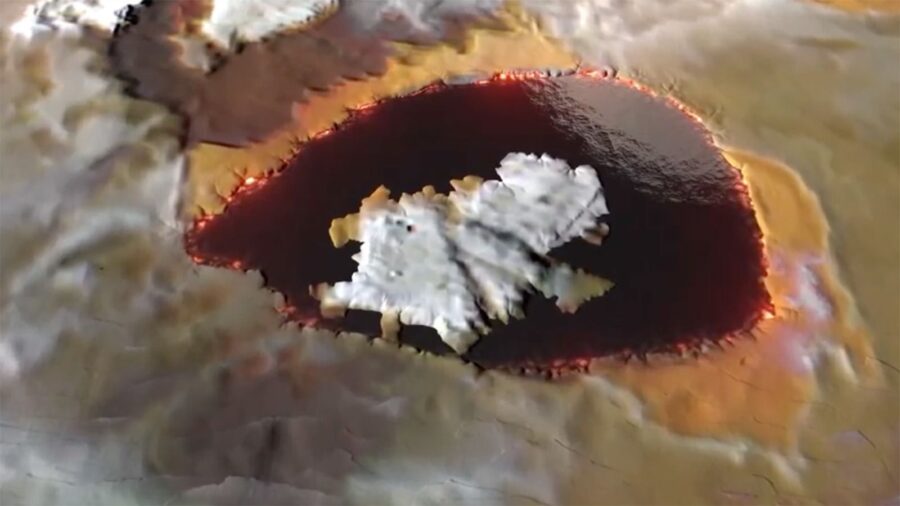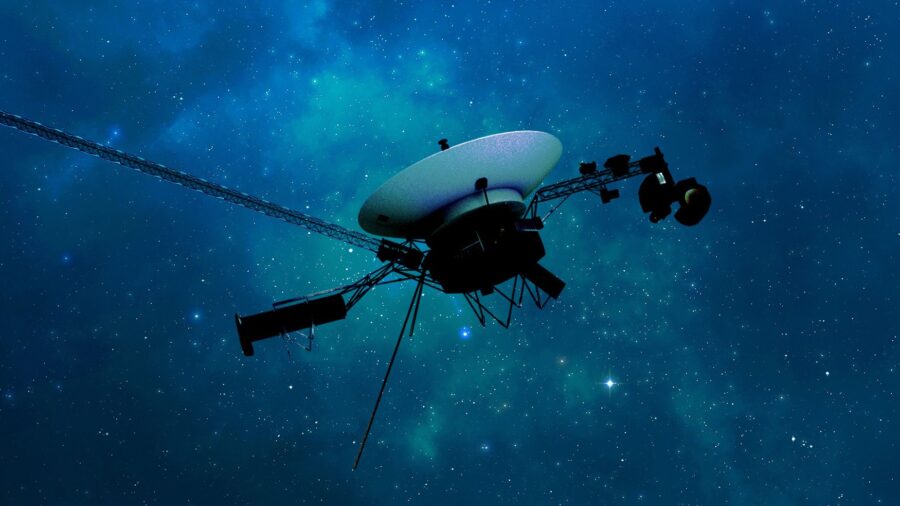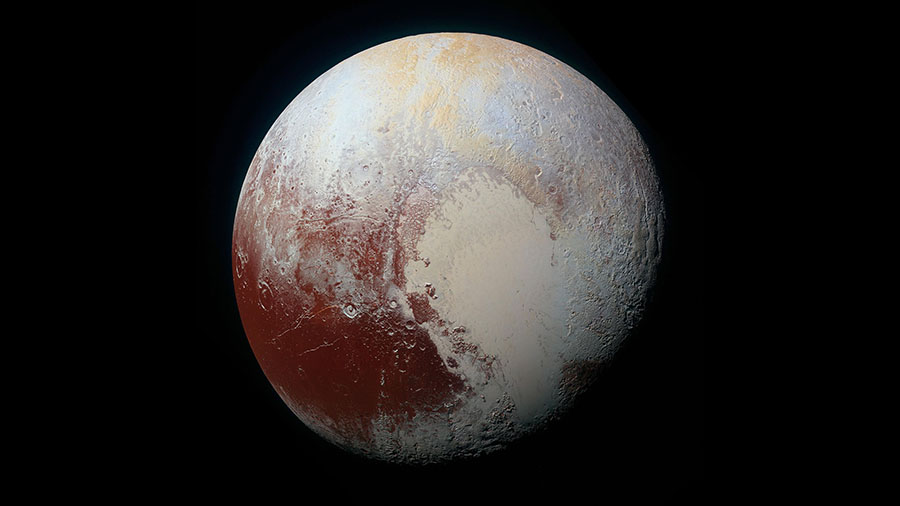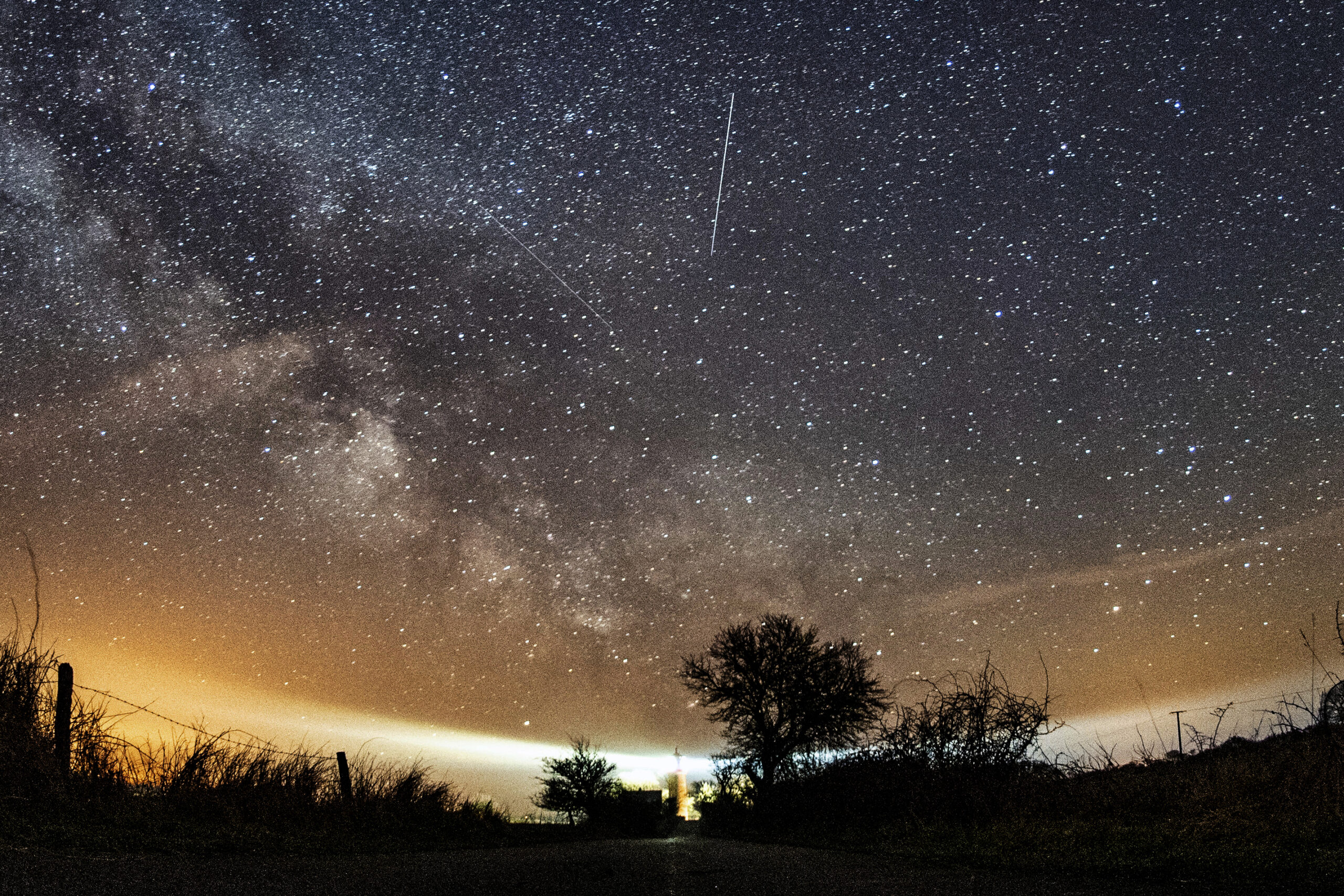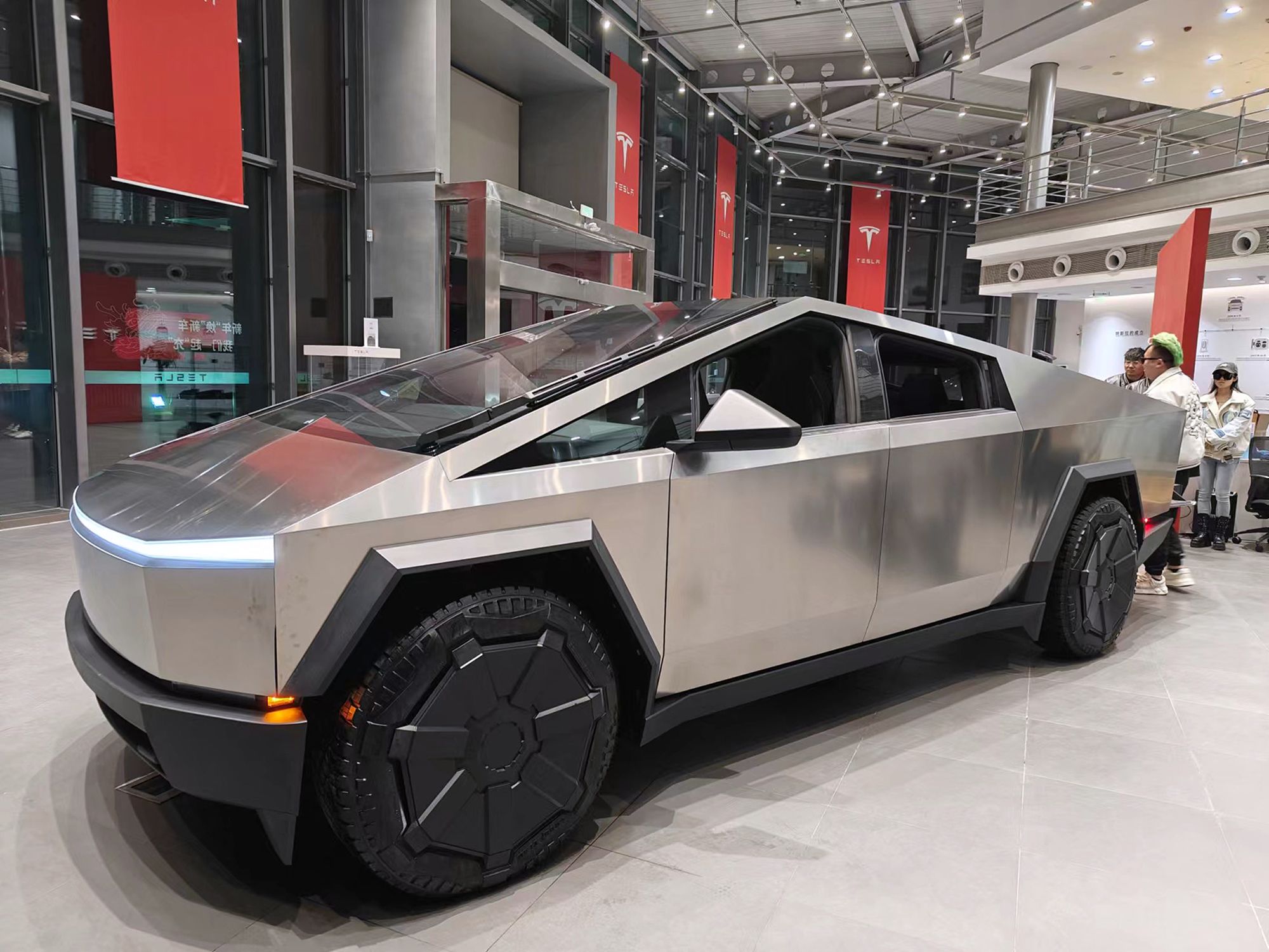First mission to ‘touch’ the sun catches the solar wind
Jun 7, 2023, 3:56 PM
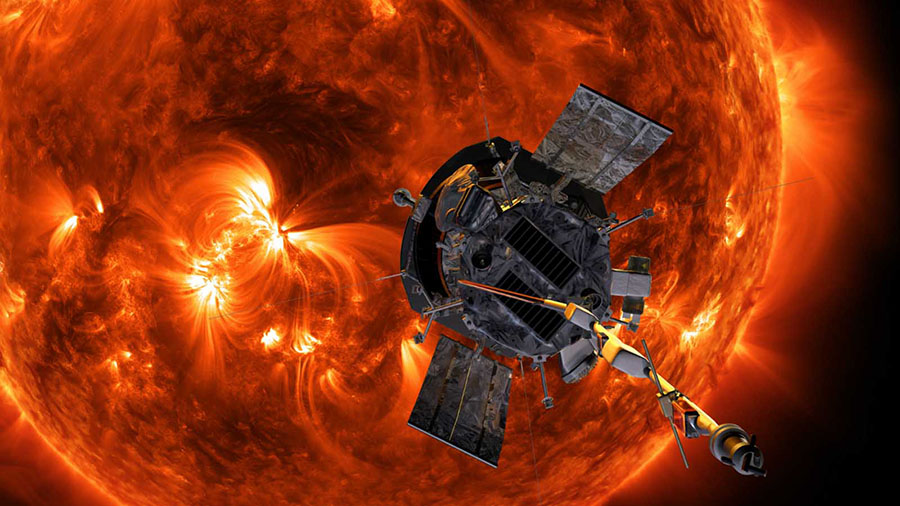
An illustration of Parker Solar Probe approaching the Sun is seen here. (Illustration/NASA/Johns Hopkins APL/Steve Gribben)
(Illustration/NASA/Johns Hopkins APL/Steve Gribben)
(CNN) — A solar mission that has been spiraling closer to the sun to unravel its secrets has flown near enough to our star’s surface to make a key discovery.
Data from the Parker Solar Probe has uncovered the source of solar wind, a stream of energized particles that flow from the corona, or the sun’s hot outer atmosphere, toward Earth.
One of the key motivations behind the mission, named for the late astrophysicist Eugene Parker and launched in 2018, was to determine what the wind looks like as it forms near the sun and how it escapes the star’s gravity.
NASA’s Psyche mission will launch to an unexplored metal world this fall
As the probe came within about 13 million miles (20.9 million kilometers) of the sun, its instruments detected fine structures of the solar wind where it generates near the photosphere, or the solar surface, and captured ephemeral details that disappear once the wind is blasted from the corona.
The spacecraft was specially designed to eventually fly within 4 million miles (6.4 million kilometers) above the solar surface, and in late 2021, it became the first mission to “touch” the sun.
A study detailing the solar findings was published Wednesday in the journal Nature.
Untangling solar wind
Solar wind is a continuous outflow of plasma, which contains charged particles like protons and electrons. The far-reaching phenomenon also includes part of the solar magnetic field and extends well beyond the corona, interacting with planets and the interstellar medium.
There are two types of this wind. The faster solar wind streams from holes in the corona at the sun’s poles at a peak speed of 497 miles per second (800 kilometers per second). The slower solar wind, located in the same plane of the solar system as Earth, flows at a calmer 249 miles per second (400 kilometers per second).
The fast solar wind doesn’t usually impact Earth. But during the maximum of the solar cycle, an 11-year period over which the sun’s activity gradually increases, the sun’s magnetic field flips. This flip causes the coronal holes to appear across the sun’s surface and release bursts of solar wind directly toward Earth.
Understanding the source of the solar wind can help scientists better predict space weather and solar storms that can affect Earth.
Although they can cause beautiful auroras, the solar storms can also impact satellites and Earth’s electrical grids.
“Winds carry lots of information from the sun to Earth, so understanding the mechanism behind the sun’s wind is important for practical reasons on Earth,” said study coauthor James Drake, distinguished professor of physics at the University of Maryland, College Park, in a statement. “That’s going to affect our ability to understand how the sun releases energy and drives geomagnetic storms, which are a threat to our communication networks.”
The spacecraft’s data revealed that the coronal holes act like showerheads, where jets appear on the sun’s surface in the form of bright spots, marking where the magnetic field passes in and out of the photosphere.
As magnetic fields pass each other, moving in opposite directions within these funnels on the solar surface, they break and reconnect, which sends charged particles flying out of the sun.
“The photosphere is covered by convection cells, like in a boiling pot of water, and the larger scale convection flow is called supergranulation,” said lead study author Stuart D. Bale, a professor of physics at the University of California, Berkeley, in a statement.
“Where these supergranulation cells meet and go downward, they drag the magnetic field in their path into this downward kind of funnel. The magnetic field becomes very intensified there because it’s just jammed. It’s kind of a scoop of magnetic field going down into a drain. And the spatial separation of those little drains, those funnels, is what we’re seeing now with solar probe data.”
Parker Solar Probe detected highly energetic particles traveling between 10 and 100 times faster than the solar wind, leading the researchers to believe that the fast solar wind is created by the reconnection of magnetic fields.
“The big conclusion is that it’s magnetic reconnection within these funnel structures that’s providing the energy source of the fast solar wind,” Bale said. “It doesn’t just come from everywhere in a coronal hole, it’s substructured within coronal holes to these supergranulation cells. It comes from these little bundles of magnetic energy that are associated with the convection flows. Our results, we think, are strong evidence that it’s reconnection that’s doing that.”
The solar cycle
The sun is expected to reach solar maximum in July 2025, which is why there have been increasing reports of solar flares and the northern and southern lights being visible in unexpected places. Fortunately, Parker Solar Probe and a separate mission, Solar Orbiter, are perfectly poised to observe the sun’s powerful, dynamic forces at play.
But scientists are grateful that Parker Solar Probe launched ahead of the sun’s increasing dramatics during the quieter solar minimum, when chaotic activity didn’t have a chance of obscuring observations.
“There was some consternation at the beginning of the solar probe mission that we’re going to launch this thing right into the quietest, most dull part of the solar cycle,” Bale said. “But I think without that, we would never have understood this. It would have been just too messy. I think we’re lucky that we launched it in the solar minimum.”
The-CNN-Wire™ & © 2023 Cable News Network, Inc., a Warner Bros. Discovery Company. All rights reserved.


